| The guitar is a fretted musical instrument that usually has six strings.
It is typically played with both hands by strumming or plucking the strings with either
a guitar pick or the fingers/fingernails
of one hand. The guitar is a type of chordophone, traditionally constructed from wood
and strung with either gut, nylon or steel strings |
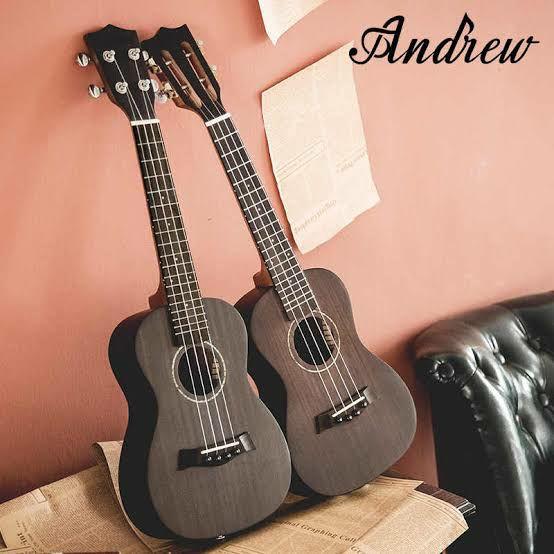 |
A piano usually has a protective wooden case surrounding the soundboard and metal strings, which are strung under great tension on a heavy metal frame. Pressing one or more keys on the piano's keyboard causes a wooden or plastic hammer. |
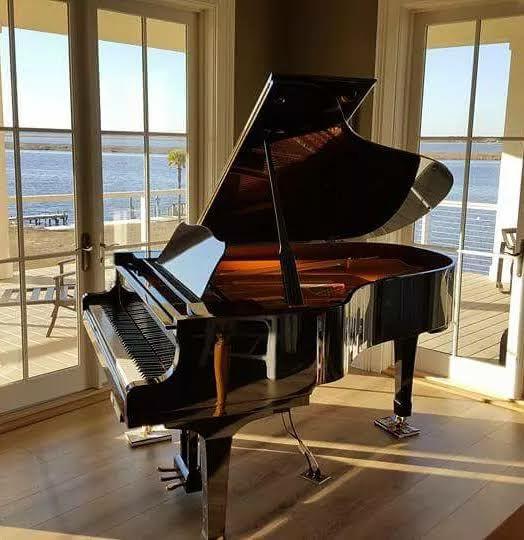 |
| The violin, sometimes known as a fiddle, is a wooden chordophone (string instrument) in the violin family.
Most violins have a hollow wooden body.
It is the smallest and thus highest-pitched instrument in the family in regular use.
The violin typically has four strings. |
 |
The drum is a member of the percussion group of musical instruments.
In the Hornbostel-Sachs classification system, it is a membranophone.
Drums are the world's oldest and most ubiquitous musical instruments,
and the basic design has remained virtually unchanged for thousands of years. |
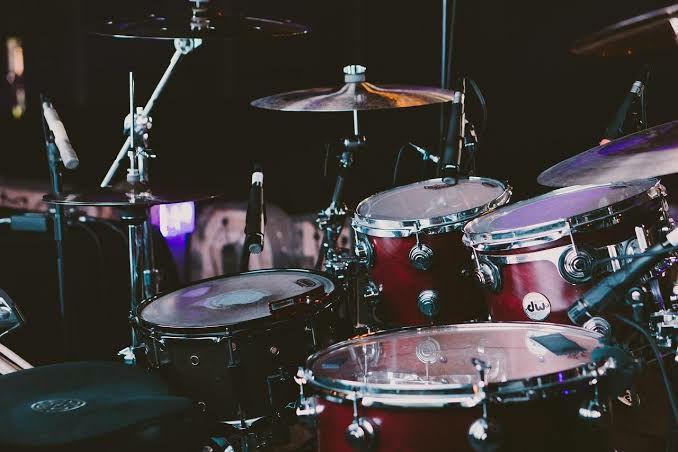 |
| The flute is a family of musical instruments in the woodwind group.
According to the instrument classification of Hornbostel–Sachs, flutes are categorized as edge-blown aerophones.
A musician who plays the flute can be referred to as a flute player, flautist, flutist or, less commonly, fluter or flutenist. |
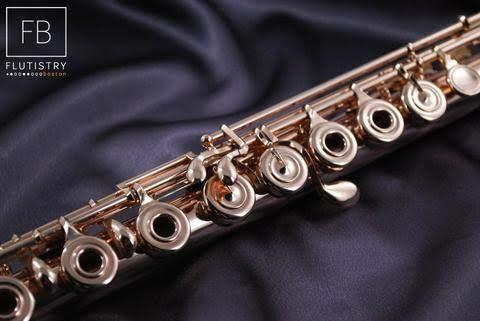 |
The harp is a stringed musical instrument that has a number of individual strings running at an angle to its soundboard;
the strings are plucked with the fingers. |
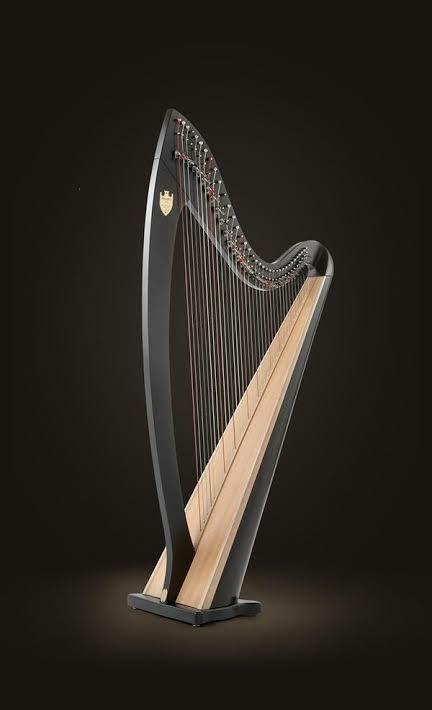 |











